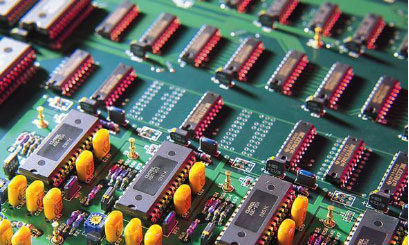
bake-or-not-to-bakeIn the case of PCB rework, the component to be removed is typically going to be discarded, which means there is no concern with the removed part having moisture damage. If the device is to be removed and sent back for further failure analysis, then baking of the board/parts is recommended. If you look at the rework guidelines from TI, Kyocera, Intel and other major component vendors, you will find that they recommend to bake the boards and parts prior to another reflow. In addition, care must be taken to make sure that parts that are temperature-sensitive, such as batteries, capacitors, plastic connectors and under filled or glued components, may need to be removed or protected correctly.
As part of the process the board rework areas should be properly masked and shielded so that the components are protected from reflow temperatures. There are a variety of materials that can serve to protect neighboring devices in order to make sure they remain unharmed during the rework process both from a parts removal and replacement standpoint. Shielding of the components so that they remain undamaged by localized reflow temperatures may be necessary depending upon their proximity to the reflow location. Other reflow sources or complete part removal are other strategies that will protect the components from thermal damage or MSD exposure.
After baking is complete, make sure to properly tag and mark the board or parts such that the exposure history can be documented. Place these components or boards into a dry environment such as a dry box in order to house the parts or boards prior to being exposed to the environment again. An alternative is to place them in a moisture barrier bag, and putting desiccant and a moisture indicator card on the inside prior to sealing in order to have solid MSD controls in place.